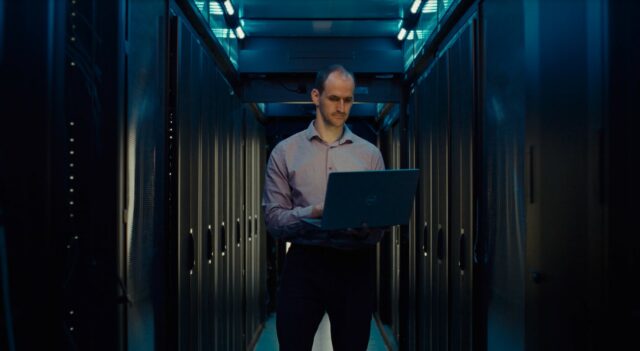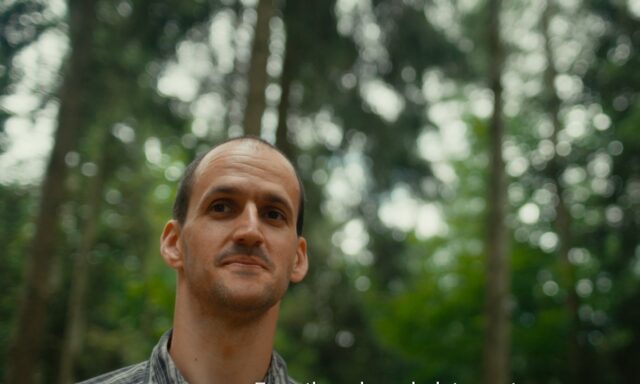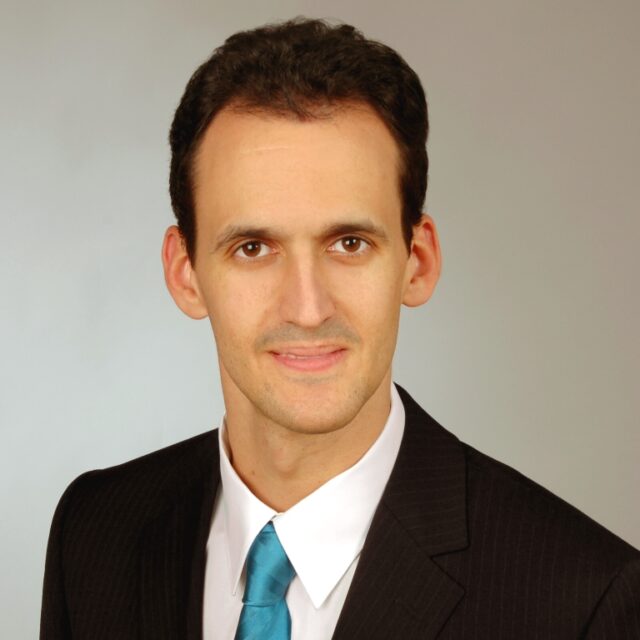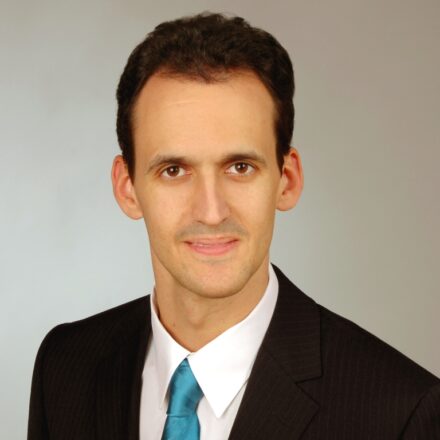Max Temesvary, senior principal engineer on Dell Technologies’ presales center of excellence (PCoE) team, has an eye for creating new services for customers. Last year, Temesvary started working with the Get Efficient initiative, which uses internal and external data to generate reports on products used in tech-stack refreshes.

Of late, rising energy costs and the accelerated effects of climate change have caused organizations to enact and enhance innovative, sustainable business practices. These initiatives, sometimes called “green goals,” are used by companies to minimize their impact on natural resources and reduce their contributions to climate change. These mission statements provide an understanding to investors, employees and customers of what to expect from sustainability efforts and products. They also outline plans for updated services and tools that will help achieve environmentally-conscious goals, with an eye towards reducing carbon emissions and environmental impact.
“Every three to five years, an organization will audit their IT capabilities,” explains Temesvary. “We compare what they’re currently running to new solutions, taking into account the company’s stated goals and the organizational effect that these products will have on their day-to-day operations.”
By testing equipment in a lab, reviewing public data, surveying existing customers and prospects, and working with researchers, Get Efficient generates exhaustive product recommendations that focus on energy consumption, environmental impact and cost analyses in relation to an organization’s current systems.
It’s not easy being green

The goal of sustainable tech is to create products and solutions that reduce impact on the environment. As part of its 2022 trend report, Gartner identified sustainability as a top strategic priority for investors. Beyond business leaders, Temesvary recommends that organizations keep their customers in mind: “There are a lot of conscious buyers that are interested in a company’s green strategy and their environmental footprint. Many recent RFPs include criteria for green solutions because customers want to know that the solution they’re investing in meets the goals set forth by their corporate strategies.” Dell’s Innovation Index found that 52% of decision-makers are looking to reduce their carbon footprint, while 39% are looking to their tech stack to provide greater visibility into the environmental impact of their work.
The Get Efficient initiative provides customers with information that can support both solution-based and environmentally-conscious decisions. “Many companies highlight their green goals right on the homepage of their website,” Temesvary says. “It’s important that customers can understand not only the effectiveness of the product they’re buying but also what kind of environmental impact that product is going to have.
“On the other hand, [sustainability] has a financial side to it,” he adds. “In the end, being environmentally friendly is cost-effective for organizations.” Implementing green solutions can reduce energy costs on server farms, for example, or encourage innovation in power-saving technology that helps budgets in the long run.
However, executing these changes can be a challenge: Organizations need to ensure that they have the right personnel to support the rollout of new tech, as well as an expanded or upgraded tech stack. Industry-wide targets are ever-changing, and government regulations for sustainability vary across countries, or even state-to-state.
In the end, being environmentally friendly is cost-effective for organizations.” –
Max Temesvary, senior principal engineer, Dell Technologies
Striking the right balance

When setting up the Get Efficient operational model, Temesvary and the team looked to existing frameworks to understand how they should generate data, compare products and create customer assessments. However, in previous reporting energy consumption or environmental footprint were only side notes, so the team found themselves formulating a new rubric from scratch. “At first, it was pretty small scale,” he says. “We were focusing mostly on European standards, but as demand for these assessments increased, we grew into a global team. But with that growth, the core operation got more challenging.”
The Get Efficient team was bringing in contributors that had worked on disparate teams and didn’t use the same standards of energy measurement or consumption. They were also ingesting data from various outside sources, so establishing a baseline for reporting was difficult. “We had to find ways of incorporating the best ideas, considering durability, accuracy, and scalability for our entire organization,” Temesvary says. “There’s always a balance to strike.”
They also had to find a middle ground with customers that were looking for specific results. “When we presented them with our emission estimations, customers wanted to know about the accuracy of the reports. We sometimes found ourselves getting challenged about the calculations and statements we were making because a particular client might have been producing their own electricity instead of getting it from a public grid, and that results in variants when conducting our assessments.”
Specialized requests presented an opportunity for the Get Efficient team: because customers were asking for analyses of new kinds of equipment, Temesvary and his fellow engineers were able to broaden the scope of the initiative. “The PCoE team hadn’t historically worked with servers before, so we had to figure out a way to apply our knowledge to products for which it makes more sense to focus on a different set of metrics (to produce meaningful comparisons).” This increase in product oversight allowed the teammates to gain more knowledge while also expanding Get Efficient’s capabilities to wider use cases.
With regard to the ever-growing field of sustainable technology, there’s plenty more work to do. As organizations continue to innovate on solutions to curb emissions, conserve energy and minimize environmental impact, there will be more opportunities for work like that of the Get Efficient team. For the newest entrants to the field, Temesvary recommends having a clear project objective and customers in mind- “Begin with understanding what you want to achieve. Identify your stakeholders, and then always ask questions: ‘What do you need? Would this be useful? Will this help you reach your goals?’ And then, you can start to build.”
Innovators at Work is a series on Perspectives profiling Dell team members who drive innovation by combining ideas and technology to create life-shaping impact. The series is inspired by Dell’s Innovation Index, which provides insight on what global decision makers are doing to create innovation resilience in turbulent times.

